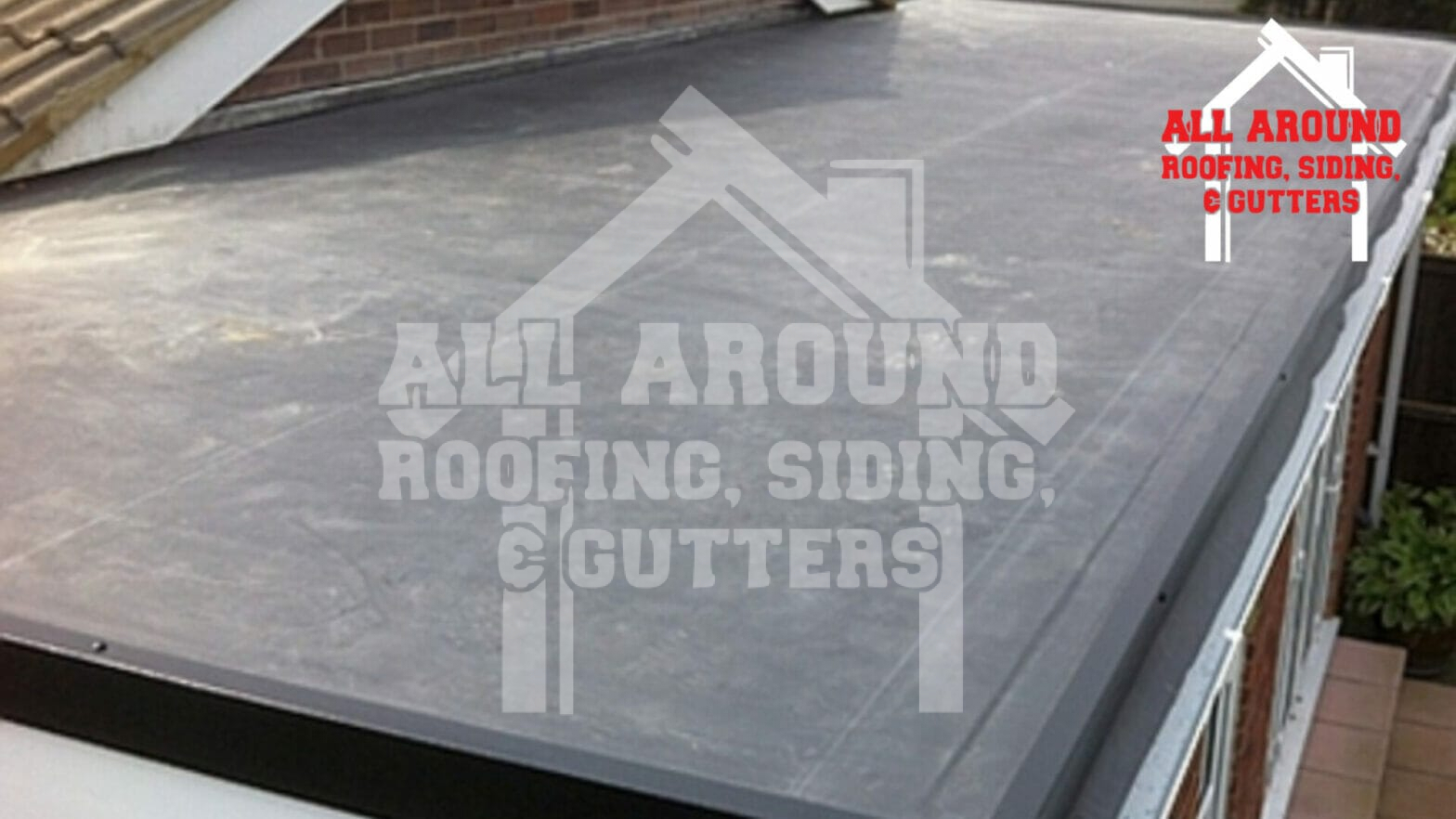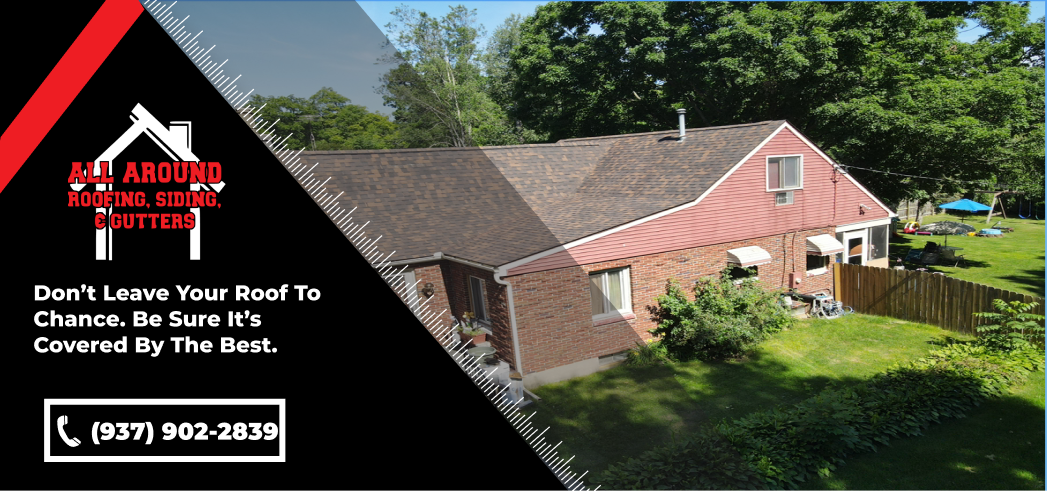Unfortunately, many people believe that EPDM is a suitable option for pitched roofs, but this is not the case. In this blog post, we’ll explore why EPDM is not an ideal choice for pitched roofs and why alternative roofing materials may be a better option.
EPDM is a popular roofing material due to its durability and affordability. However, when it comes to high-pitched roofs, EPDM may not be the best option. In this comprehensive guide, we’ll delve into the reasons why using EPDM on a high-pitched roof should be reconsidered. So, whether you’re a homeowner or a contractor, read on to learn all the facts and make an informed decision about your roofing needs.
Why EPDM Is Not Ideal For Pitched Roofs
Although EPDM is a popular material for commercial and industrial buildings, it’s not optimal for high-pitched roofs. Below we’ve provided a couple of reasons why this is the case.
A. Lack Of Durability On Steep Slopes
The durability of a material refers to its ability to withstand wear and tear, harsh weather conditions, and external impacts. Less durable materials tend to stretch, warp, and buckle in response to increased tension, which also calls for a greater need for repair.
EPDM roofs are generally considered durable and long-lasting. However, their durability can be compromised when subjected to external forces, or when installed on high-pitched roofs. In fact, on steep or pitched roofs, EPDM may struggle to maintain its grip to the surface deck. Even if they are mechanically fastened to the deck, the nails or fasteners may experience a significant pressure due to gravity, causing them to dislodge from the surface over time. As a result, EPDM roofs can stretch, wear, tear, and warp, leaving the roof deck exposed to the elements and the sun. It’s important to be aware of these issues when considering EPDM for a high-pitched roof installation.
B. Poor Resistance To Harsh Weather Conditions
EPDM on high-pitched roofs is not only vulnerable to aging and wear, but also susceptible to damage from harsh weather conditions. High winds, storms, hail, heavy rains, and snow can all weaken EPDM and make it more fragile. In fact, heavy winds can cause EPDM roofs to become separated from the roof deck, leaving the underlying surface exposed to the sun and other elements. Therefore, it’s essential to consider the potential impact of severe weather when deciding whether EPDM is the right roofing material for a high-pitched roof.
EPDM roofs only offer limited insulation for pitched roofs. This is why home and business owners pay more for their energy bills if they have EPDM installed on their pitched roofs. The slope of a roof seems to have a major effect on the energy efficiency of EPDM roofs.
C. Poor Adhesion To The Roofing Surface
For EPDM, adhering to the roof’s surface is essential. As long as the membrane sticks to the surface it will provide insulation to the roof deck and the building’s interior. However, due to its low durability, when EPDM comes in contact with harsh weather it separates from the roof deck and blows off with high winds.
Additionally, if EPDM is installed on a rough-textured surface such as wood or concrete, it may lose its grip over time, potentially leading to water infiltration inside the building. Given these challenges, it’s not the best idea to use EPDM as a roofing material for high-pitched roofs.
D. Potential For Leaks And Punctures
EPDM on high-pitch roofs are more susceptible to leaks and punctures. The debris, tree branches, and dust, particularly interfere with the adherents and sealants, causing the EPDM roof to be more prone to pulling away from the surface. The membrane then, because of high tension, stretches and gets punctured.
In addition, the heavy weight of snow causes EPDM roofs to puncture and leak. This is enough for the roof deck to be damaged and trouble the people living within a home.
How To Choose The Right Roofing Material
Choosing the right roofing material for your roof is necessary prior to its installation. Choose your roofing material wisely based on long-term benefits and aesthetic appeal.
A. Durability
It’s important to select a roofing material that can withstand wear and tear, as well as various weather conditions. Additionally, the material should be strong enough to withstand foot traffic and external impacts. Ideally, you’ll want a roofing material that has a long lifespan, minimizing the need for frequent repairs or replacement. After all, there’s no use in installing a roofing material that’s prone to wear and tear, so be sure to consider these factors when selecting a roofing material.
B. Weather Resistance
Weather resistance is also important when choosing a roofing material. The roofing material should be able to withstand extreme temperatures, high winds, heavy rain, and snow accumulation without cracking, warping, or otherwise deteriorating. This will ensure the roof remains watertight and protects the building and its occupants.
C. Its Bond With The Roofing Deck
If a roofing material doesn’t stick to the decking, it will lift up and become damaged. The roofing material should bond securely to the underlying roofing surface, such as wood or concrete, to prevent air and water infiltration. This will ensure a secure and watertight seal, protecting the building and its occupants.
D. Resistance To Leaks And Punctures
Its resistance to leaks and punctures is a special consideration. When buying a roofing material, ensure that it’s resistant to punctures and other tears from sources such as tree branches, hail, or foot traffic.
E. Cost
The cost of the roofing material, as well as the cost of installation and any necessary repairs, should be taken into consideration when choosing the right material for your home.
F. Aesthetics
The roofing material you choose should complement the overall design and aesthetic of the building while also offering the necessary functionality and protection.
Alternative Roofing Options For Pitched Roofs
On pitched roofs, we suggest you install a roofing material that’s suitable for its slope. EPDM roofs are decent, but they’re not the best material. Therefore, you should consider other options in roofing material like those we’ve listed below.
A. Asphalt Shingles
Asphalt shingles are a popular and cost-effective option for pitched roofs. They are durable, weather-resistant, and offer a variety of colors and styles. Additionally, they are easy to install, repair, and replace when needed.
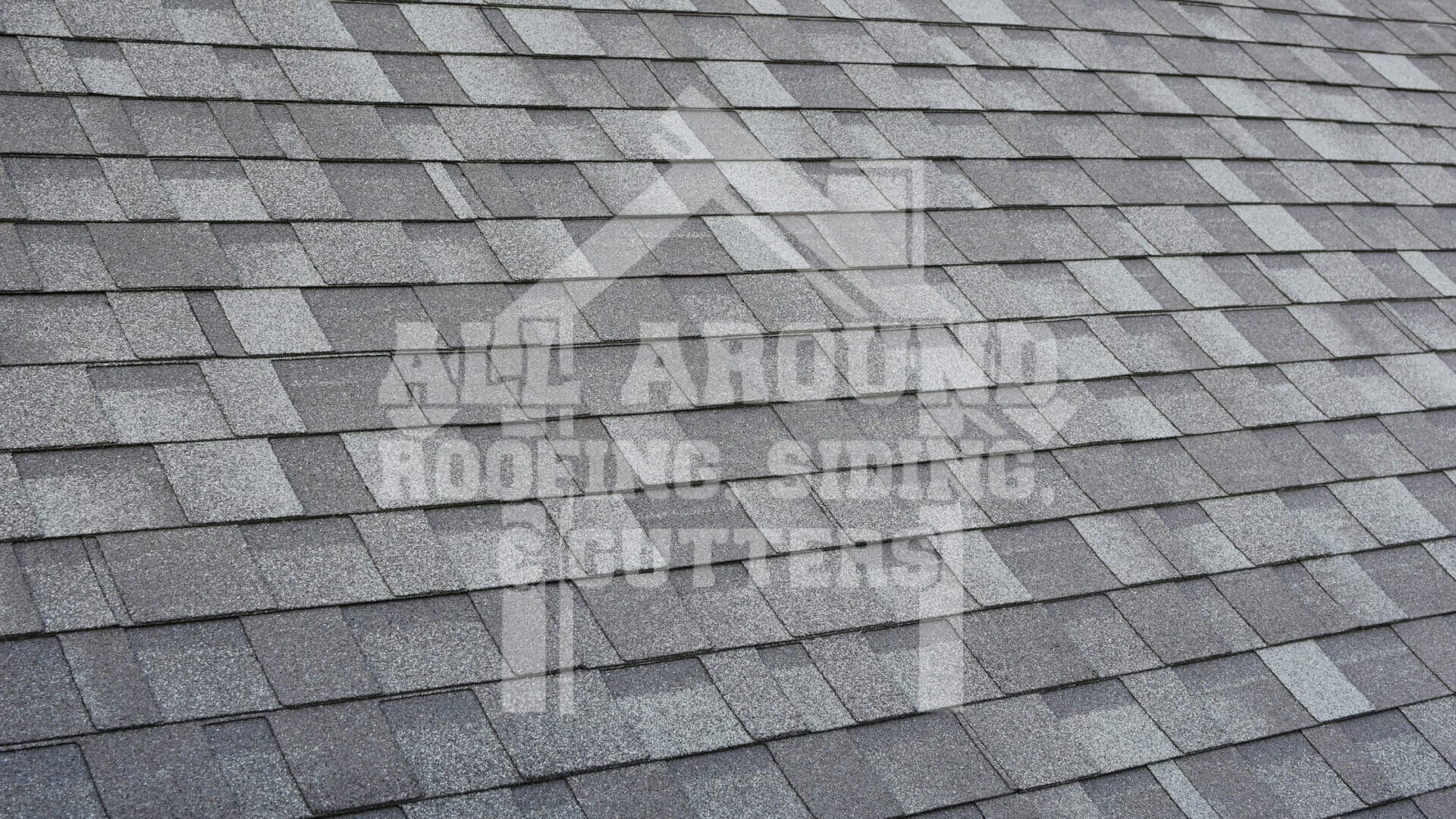
B. Metal Roofing
Metal roofing is another popular option for pitched roofs. It is highly durable and weather resistant. In addition, it comes in various colors and styles to match the aesthetic of a building. Metal roofing is also energy-efficient as it reflects heat, keeping the interior of your home cooler, and your energy use down.
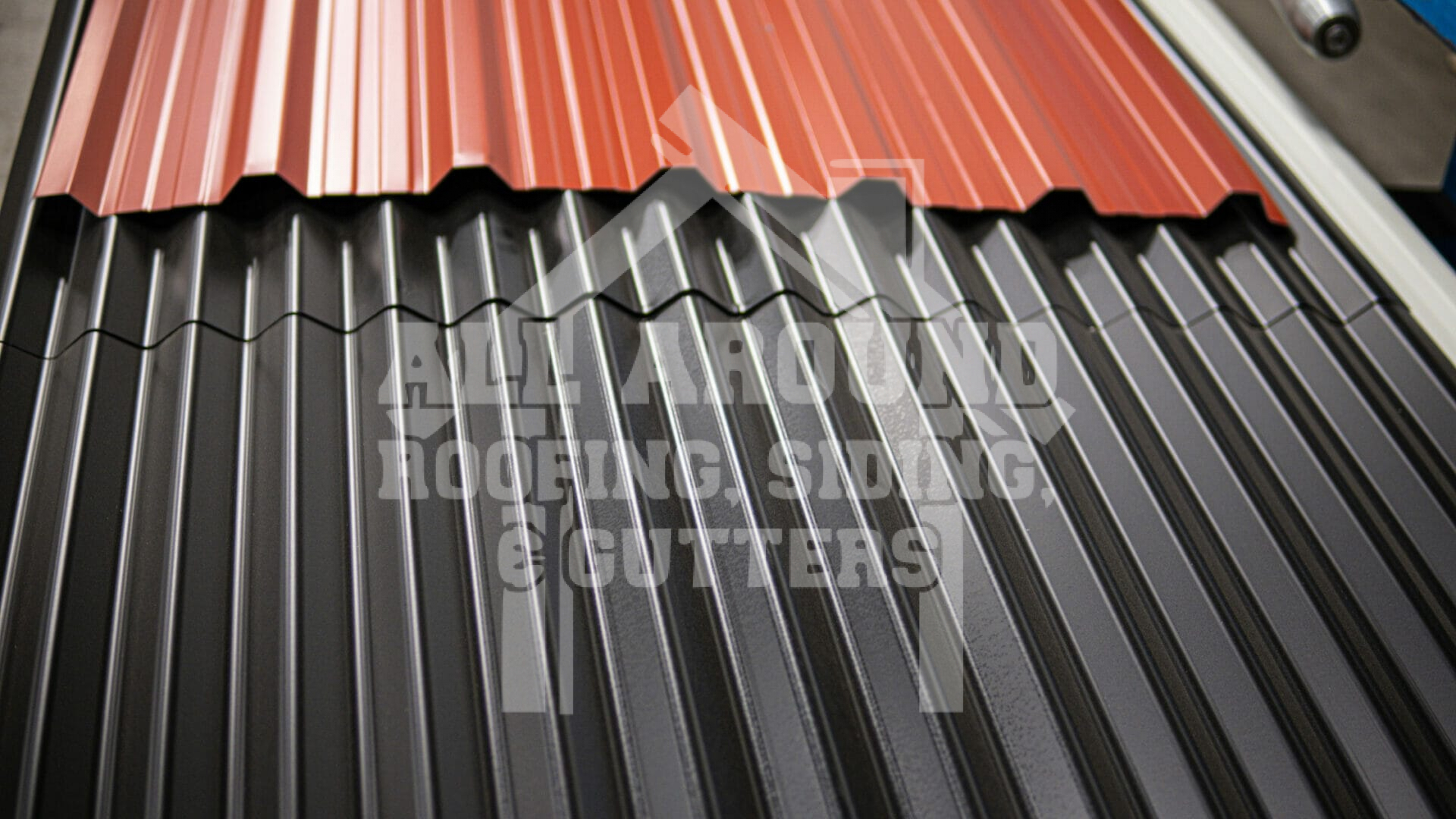
C. Tile Roofing
Tile roofing is a traditional, durable, and aesthetically pleasing option. It is available in various colors and styles such as clay, concrete, or stone. Its manufacturing process makes it more durable and weather resistant than other roofing materials, and while tile roofing is more expensive than other options, it can last for many years with minimal maintenance.
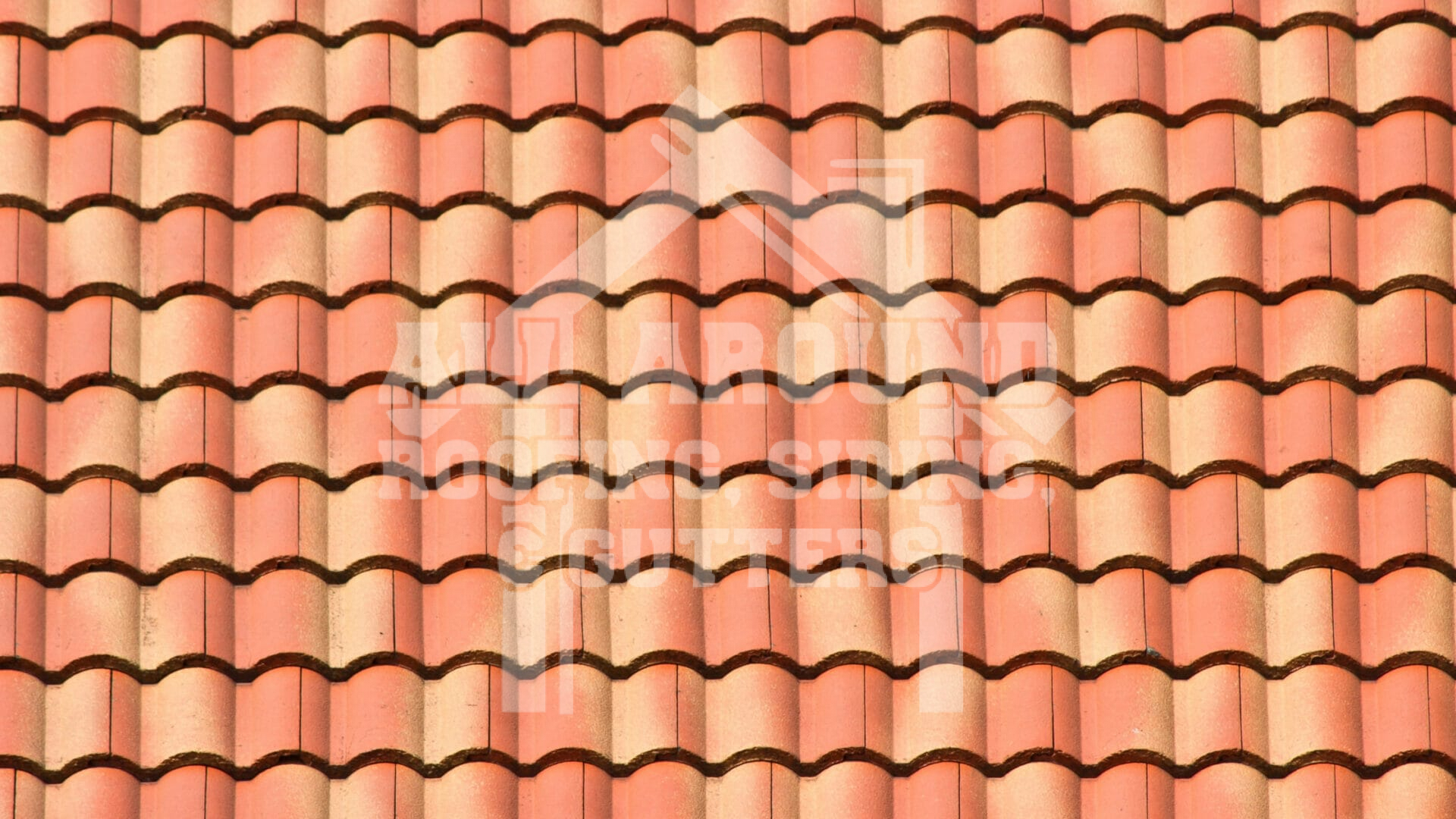
D. Comparison Of Alternative Options With EPDM
When compared to EPDM, alternative roofing options for pitched roofs offer greater durability, weather resistance, and adhesion to the roofing surface. Additionally, they are often more aesthetically pleasing and offer a longer lifespan, reducing the need for frequent repairs or replacement.
Keep in mind that EPDM roofs come with lower longevity compared to the above roofing materials. If you want to know how long EPDM roofs last, read our blog post.
Hire The Best Roofers For Your Roofing Project
If you live in Ohio and want to replace your roof, no matter if it’s flat or sloped, hire the best roofers in the community. Call All Around Roofing, Siding & Gutters today at (937) 902-2839, for help with your next roofing project. The professional and skilled roofing team at the company specializes in many roofing projects, including residential and commercial roof replacement, repair, and installation. Call us today for your roof inspection, and we’ll be happy to help you!

